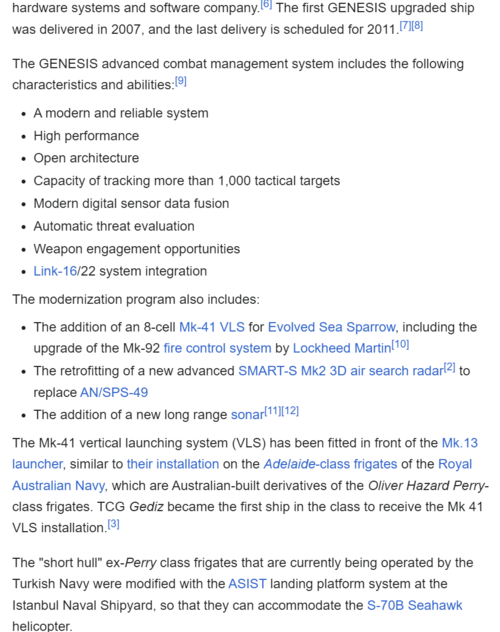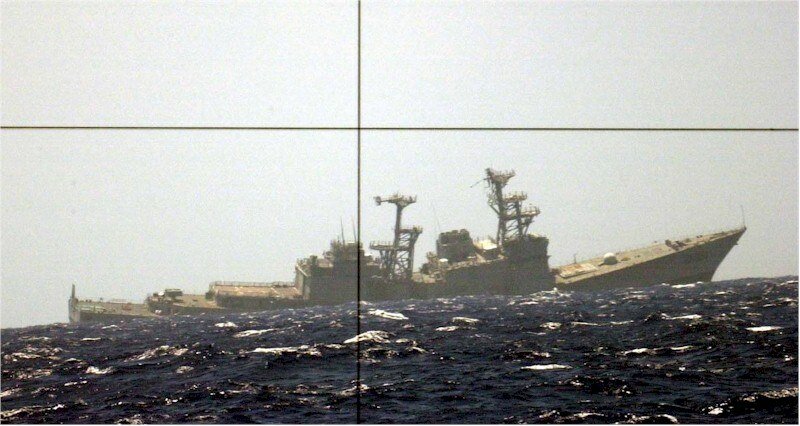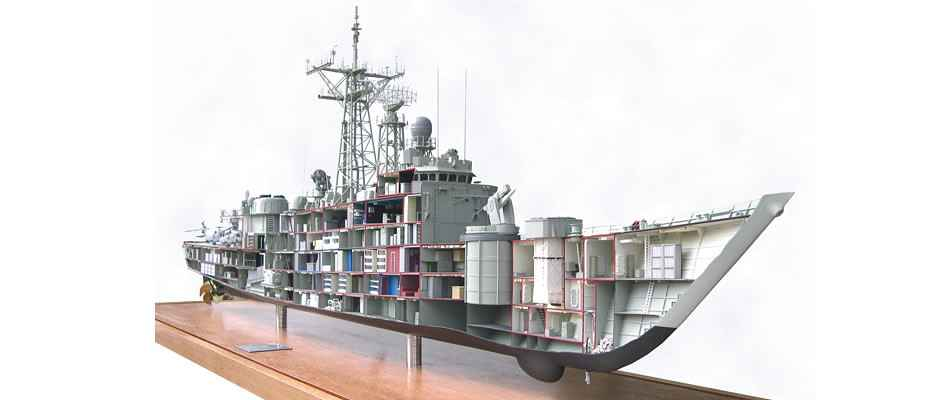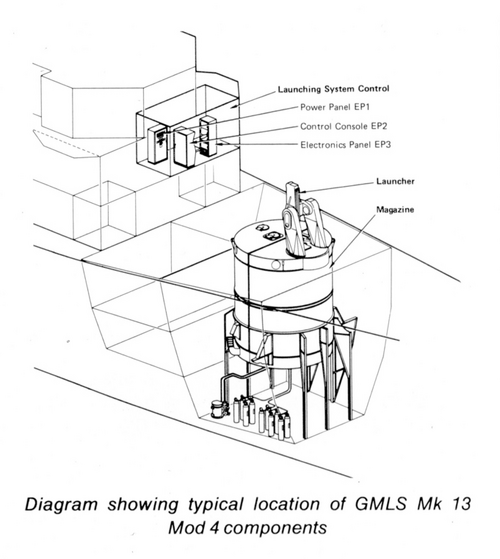Erm.. the Turks actually did that as the start of the thread shows. Or you know another Oliver Hazard Perry class?
GENESIS doesn't really do much. It adds a new combat system, a new VSR, and a Mk41.
First, the combat system updates are great, I'll give them that. But new computers alone doesn't actually do much, you need the hardware to support it. This is were the limitations of the Perry hull really come into play.
They changed the VSR which is great, but kept the 2 pieces that were in most need of replacement, the STIR and Mk13.
Instead of replacing the latter, they bolted on an 8-cell self-defense Mk41. This achieves nothing. You can now launch 32 ESSMs. Great. The ship isn't gaining anything meaningful, it doesn't take on a new mission set, it doesn't help the carrier group, it doesn't actually do anything.
Self-Defense Length cells are so limited in length they don't expand the payload set, which nullifies the point of using a VLS.
Regarding the STIR, it makes the ESSM addition borderline worthless.
Only 1 director means it can only illuminate targets in 1 direction, leaving anything outside of that narrow arc un-illuminated. And even the modernized STIRs only have 2 illumination channels, so good luck having more than 3-4 ESSMs airborne at any given time.
Had the replaced the STIR and CAS with a new system, say something analogous to SPY-5, they would be in a much better position.
Oh, and one more thing. Perrys were only designed to last 25 years. The last Perry commissioned in 1989(?), so all the hulls would've reached their designed service life in 2014. That was a full decade ago. The ships are held together with duct tape and bubblegum.







